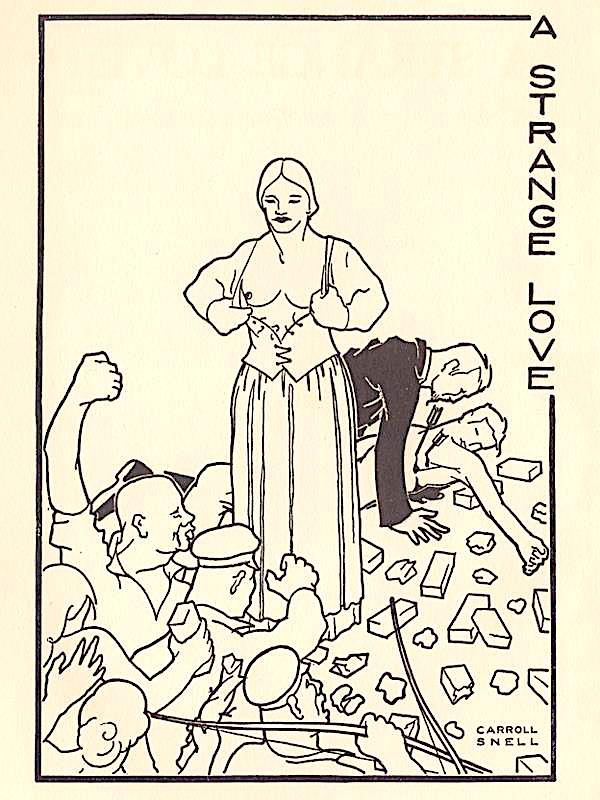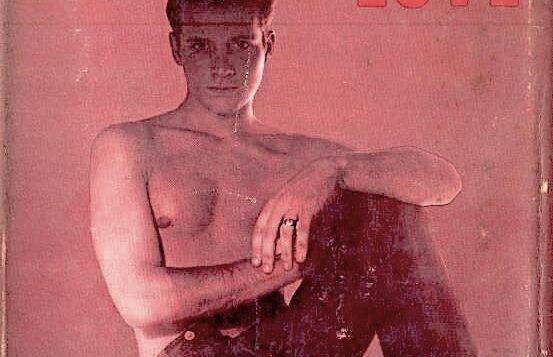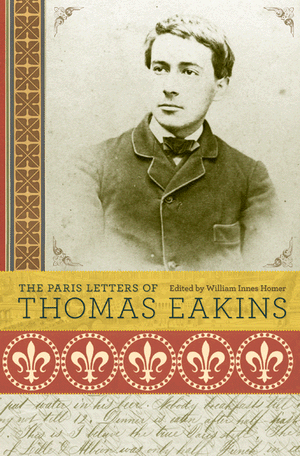IN 1965, Guild Press published Georges Eekhoud’s queer novel Escal-Vigor under the title A Strange Love, with a picture of a handsome, bare-chested young man on the front cover (Figure 1). The back cover doesn’t reveal any details about the author, and the front flap includes scant biographical details: “Georges Eekhoud is one of the leading writers of this century, and this beautifully written book was one of the pioneering works of fiction dealing with the subject matter of homoeroticism.” The back flap lists his publications, with French titles, but no dates (this list is reproduced inside the book too).
The title page reveals that A Strange Love has a subtitle, Escal-Vigor, followed by “From the French of George Eekhoud.” However, nothing indicates that this novel was first published in 1899, and anyone picking up the book would be led to believe that it was by a contemporary writer. The introduction takes a somewhat militant stance—Eekhoud is described as “one of the best-known classical writers of modern Belgium”—but does not provide any context. A Strange Love is compared to Oscar Wilde’s The Picture of Dorian Gray, and Eekhoud’s acquittal on “Friday the 26th of October, 1900” is mentioned. Readers would no doubt have been disappointed to discover that the most erotic scenes in the book involve two passionate kisses.

An English translation of Escal-Vigor was published in 1909 by Charles Carrington. Panurge Press reprinted this translation in 1930 and Guild Press in 1965. There are no significant differences between these translations except for the illustration by Carroll Snell in the 1930 edition, which depicts a woman in the foreground who’s baring her bosom and showing one nipple. The drawing also shows a furious and violent crowd throwing stones and, in the background to the right, a well-dressed man hovering over a shirtless man. This illustration is a dramatized and eroticized version of the final scene of the book (Figure 2).
Eekhoud was born in Antwerp, Belgium, in 1854. He died in Brussels in 1927 after a long career as a prestigious novelist and journalist, as well as a critic of art and literature. He’s mainly remembered today as a queer pioneer: Escal-Vigor is considered the first novel in Belgium to depict love between two men, and his queer short stories are still published in French editions and were translated into Spanish as recently as this year.

Michael Rosenfeld, a postdoctoral fellow in queer literary history at the Vrije Universiteit Brussel (Belgium), is co-editor of The Italian Invert: A Gay Man’s Intimate Confessions to Émile Zola (2022).






